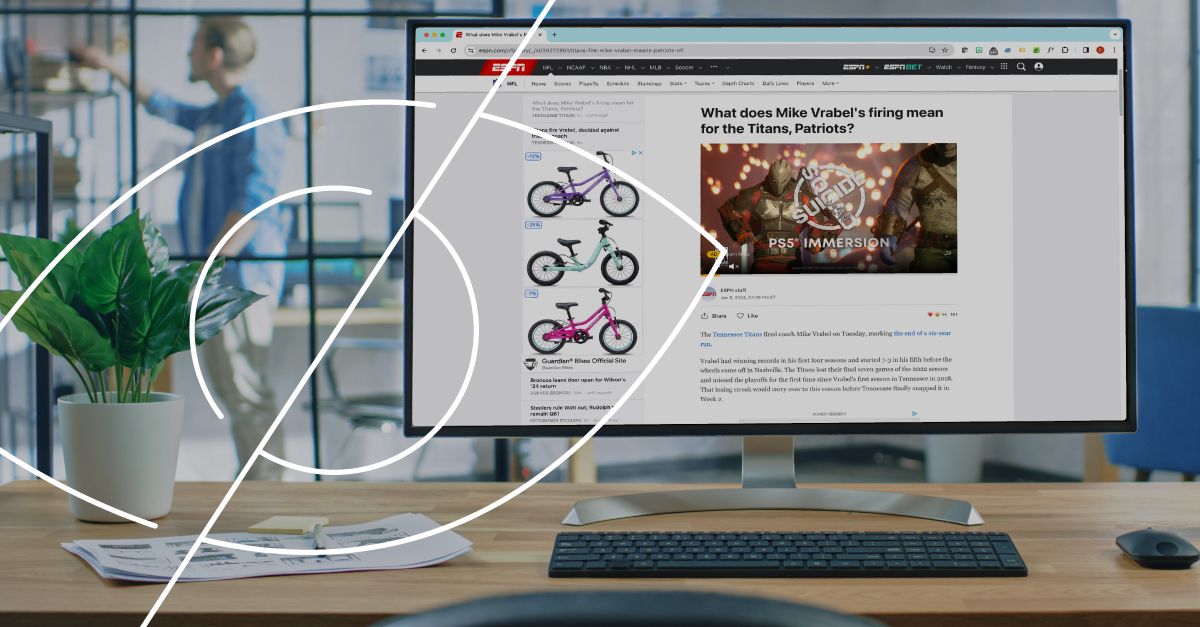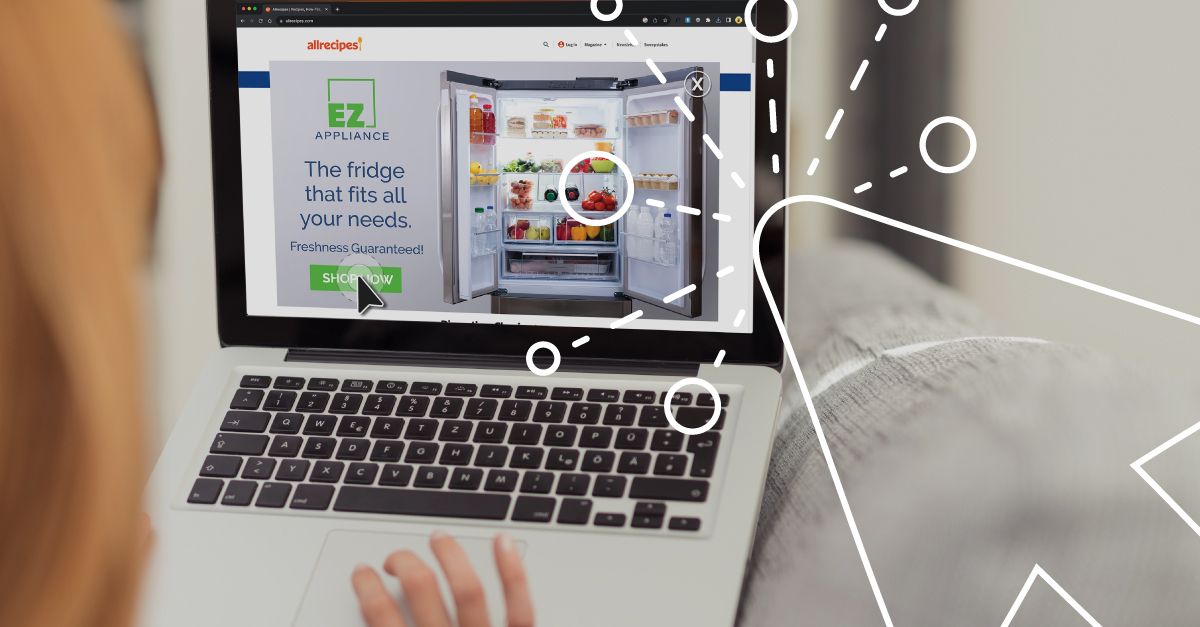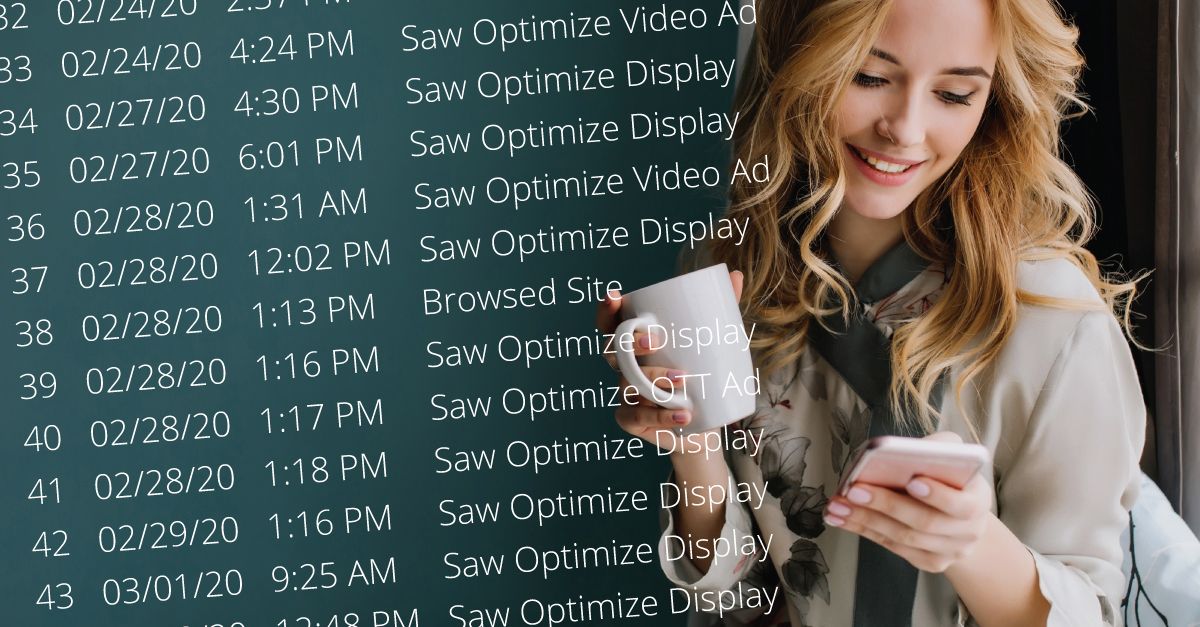
If you live in the U.S. and have been on the internet this month, there’s a good chance you’ve been on YouTube. The video platform hosts more than 2.7 billion active users, and no platform can get that popular without seeing its fair share of controversies. Lately, YouTube has been making some not-so-great headlines that demonstrate the importance of knowing the entire customer journey in your programmatic campaigns. Let’s take a closer look at impression tracking and what we can learn about it from YouTube.
The TrueView Controversy
A little background: Google Ads include a format called TrueView, a pay-per-click (or pay-per-engagement) system that populates Google Ad spots and especially YouTube. The draw of TrueView lies in Google’s targeting solutions, placement in verified environments, and price model that guarantees certain criteria: TrueView ads are always supposed to be skippable, audible, and only begin with a user interaction, i.e. clicking on a YouTube video. This sounds like a great model; an advertiser would only pay for ads that were clicked on or watched for at least 30 seconds.
A report from Adalytics suggests that a huge percentage of TrueView ads were not displayed on YouTube, but on other websites and apps that did not meet the quality criteria. Many videos played automatically, were muted, and displayed out-of-stream on the side of the page – if they were displayed at all. Adalytics suggests that upwards of 70% of TrueView ads could have been served in these sub-par conditions.


TrueView has been in play for over three years; how are we just now finding out about this? Well, it’s because they don’t allow you to track it. The inability to see where users are viewing your content makes it easier for mistakes and bad placements to go unnoticed.
View-through vs. Click-through Tracking
It’s easy enough to know when and where a customer has clicked on your ad, but Genius Monkey data suggests that clicks happen less than 1% of the time an ad has been viewed. Knowing where your customers have seen your ad is now possible thanks to impression pixels – little pieces of code that track when your ad has been displayed in front of a user.


YouTube used to allow this kind of view-through tracking on their advertisements, but does not anymore. Many platforms – including Google – will tell you how many impressions your ad received, but fail to report when and where the user saw the content. This and other behavioral data is the kind of information you need to make decisions on building your campaign.
This is one of the reasons Genius Monkey keeps a closer eye on YouTube campaigns – as opposed to competitors that leave it completely automated. Without additional oversight on these campaigns, there can be no verification of placements.
The Importance of Seeing the Entire Customer Journey
This kind of tracking has some obvious brand safety and ad placements benefits, helping advertisers avoid situations like the TrueView controversy above. Apart from this, good impression tracking also lets you clearly see each step of your brand’s unique sales funnel. Our data suggests that most consumers will receive well over one hundred impressions before deciding to click in or convert, and knowing where they enter or exit that funnel provides an opportunity to close up the gaps in your marketing strategy.


Such was the case with Trees for the Future (TFTF), a nonprofit organization looking to increase its pool of donors through digital advertising. The campaigns were initially somewhat disorganized, spreading content across multiple networks with little in the way of targeting or tracking.
Once they started taking advantage of Genius Monkey’s view-through tracking, Trees for the Future could see where its target audience was spending their time online and bring the message straight to them. TFTF saw a 46% increase in donations and website traffic as they applied those learnings across all their advertising and social media efforts.
Building the Programmatic Path to You!
Programmatic marketing is so much more than simply putting your ads in front of targeted consumers; it’s building a path that you can neatly lay in front of them. By viewing the entire customer journey, you can avoid wasted ad spend on poor placement and increase your advertising ROI.


It all starts with knowing your audience and where they are, and the right platform can give you the insight to build the path well. Come talk with the Genius Monkeys to learn how we can increase your conversions while lowering your costs through impression-level tracking!



